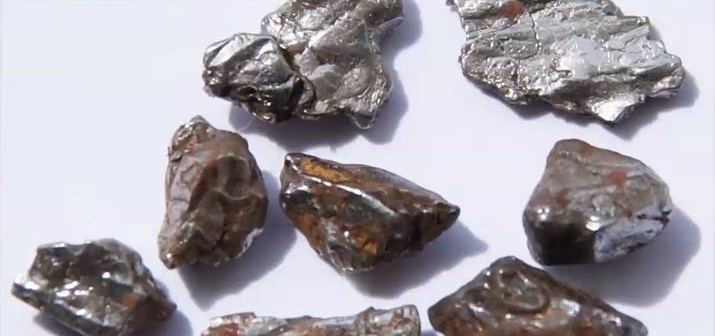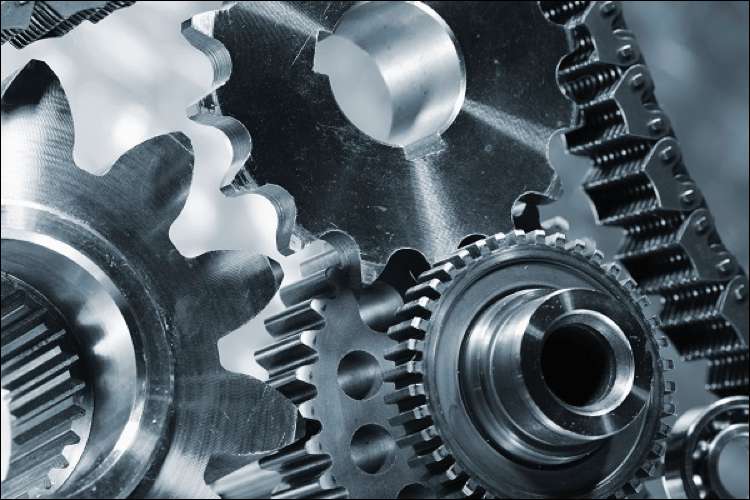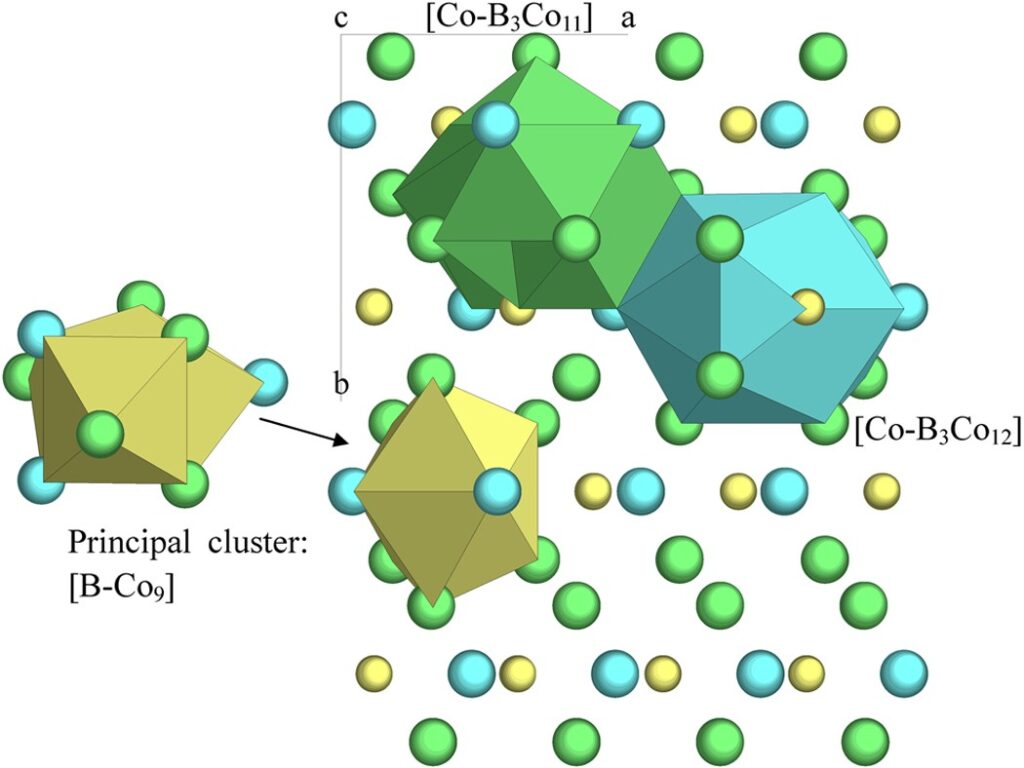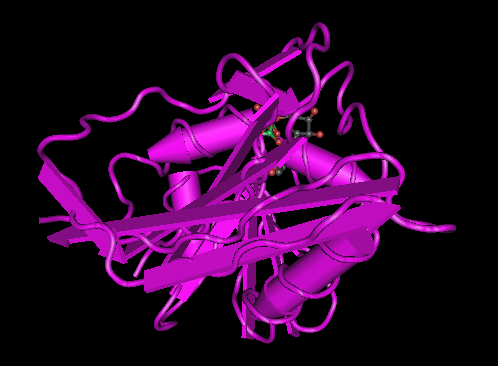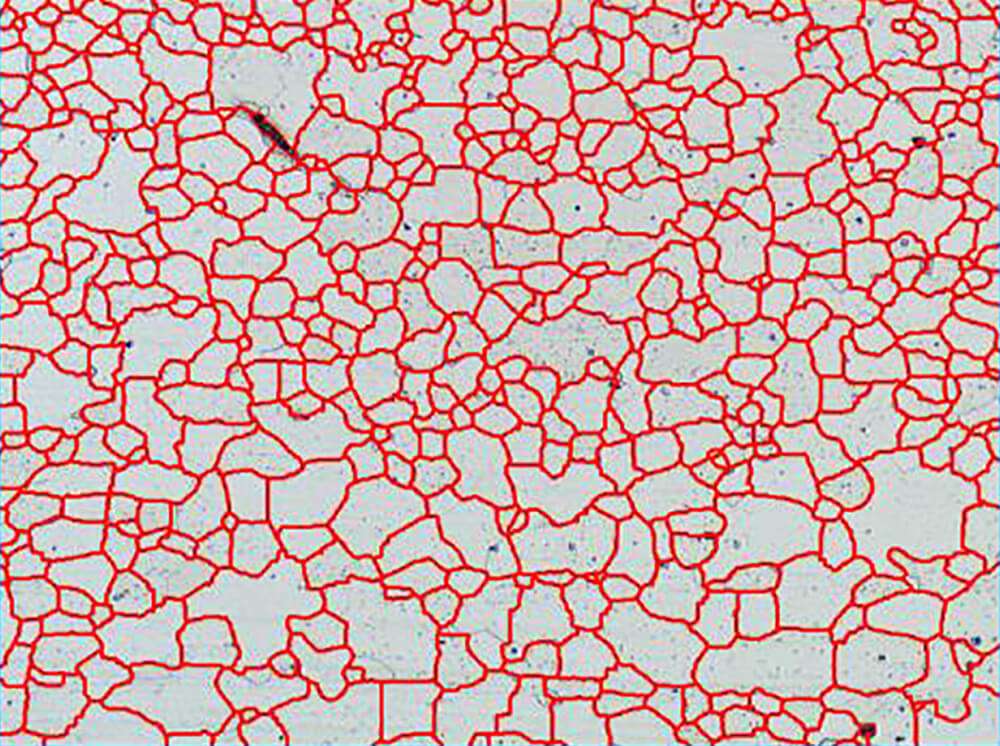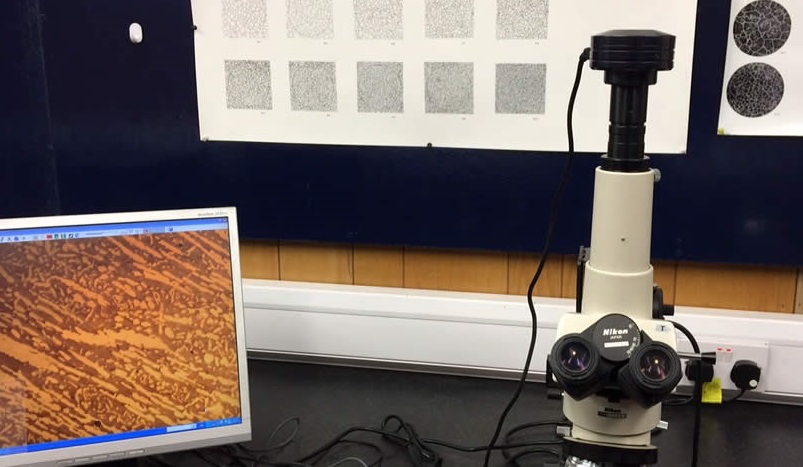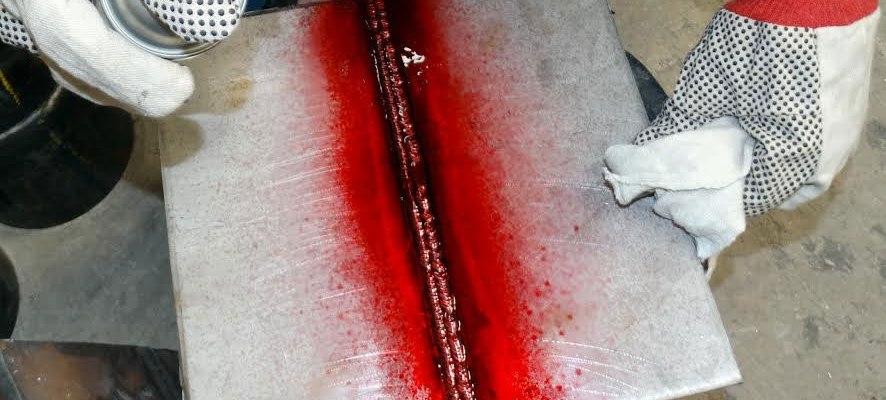Posted inMaterial Science
Particle strengthening by precipitation
The strength and hardness of some metal and alloys may be enhanced by the formation of extremely small uniformly dispersed particles of a second phase within the original phase matrix; this must be accomplished by phase transformations that are induced by appropriate heat treatments. The process is called precipitation hardening because the small particles of the new phase are termed “precipitates”. Precipitation hardening and the treating of steel to form tempered matrensite are totally different phenomena, even though the heat treatment procedures are similar.

